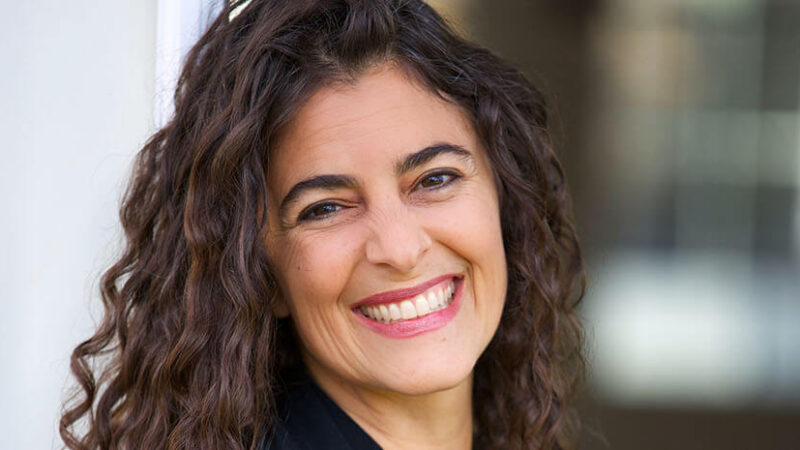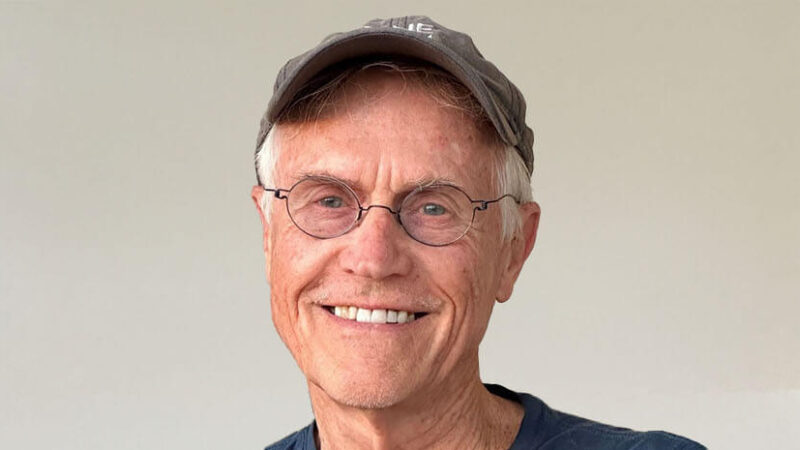It was Freud, in a letter to Carl Jung, who said: “psychoanalysis in essence is a cure through love.”
It hurts us so much when those around us are suffering, when those we care about are struggling. Maybe it’s one of our co-workers, an elderly person who is all alone, a client terrified in the face of a cancer diagnosis, one of our children whose self-esteem has been crushed, our partner who is so sad that our relationship is not flowing, or a close friend who is grieving the loss of her lover. What do we do? How can we help? What are the most effective ways to lessen their grief, their sadness, their anxiety, their shame, their fear? We hear that to truly love another is the most powerful form of healing – but what does this mean? When we’re with someone who is suffering, we can create with them a holding environment which allows their subjective experience to be exactly what it is. We can stay very close to their experience, allowing it to be metabolized in the space between us. They feel us right there with them, that warmth, that space in which all is welcome. They are able to be what they are, right then and right there, and know at the deepest level that they will be received, that they need not hold anything back, that there is a certain safety and ground in which all of the most precious pieces of their psyche, their heart, and their body can dance, can express, can unfold, and can become illuminated within the sacredness of the relational field.
In my experience, most of us, when confused or hurt or anxious or sad, want so deeply for our experience to be seen, to be met, to be touched, to be received into that relational field of space, kindness, presence, and warmth. We can be there for another in this way and really allow them to fall apart, to go crazy, to be confused all the way, to touch all of those thoughts, feelings, emotions, and sensations that have been kept at bay for so long. It sounds so simple, but in practice is in fact a revolution. When they know that we aren’t needing them to be different, when they know we will walk with them into terror, panic, depression, grief, anger, and fear, they soften, the space around us softens, and we are invited into the mystery, guided into the unknown together. We’re never sure what will be revealed there, but we are called nonetheless to move into this new territory together, with some crazy sense of faith that there is an intelligence here, a creativity that is pouring out of the beyond.
We long to somehow receive permission to be what we are, for another to understand how we are organizing our experience, for another to somehow be willing to enter into a burning love-field with us, without needing us to be different, to be “cured,” transformed, or even to heal. When we are truly met, when our subjectivity is deeply touched by another, with no agenda, a very organic process of healing is initiated – one that does not come from us or from our friend who is suffering, or even from what we want or think should happen – but seemingly from some mysterious Other. That Other is a raging field of intelligence and creativity, and has come to touch us, to hold us, and to show us something precious. When we allow ourselves to enter deeply into the subjective experience of another – and when they feel us with them inside of the cracks and crevices of each and every cell of their heart – love takes over, grace begins to whisper its secrets, and we turn toward home, together.






 “
“ From the creators of Good Night Yoga and Good Morning Yoga comes a beautifully illustrated city adventure that introduces children to the delights and benefits of partner yoga.
From the creators of Good Night Yoga and Good Morning Yoga comes a beautifully illustrated city adventure that introduces children to the delights and benefits of partner yoga.










This is so beautiful. I have been struggling to find a way to help my son deal with some difficulties in his life and I couldn’t find a way. This is going to help me.
Thank you.
Thank you, Tiba, for sharing with us here. We wish you and your son the very best on your journey together. Sending lots of love…
Thank you Matt, heart and soul. Your post filled my heart with love.it helped me realize,that’s when I am doing it right. It really is all about love. Keep up the beautiful work,you are making a difference in our reality!
You’re welcome, Ginger – and thank you for being willing to take the risk that love always demands; let us walk together into that fire. Take care, my friend.
To me, this is one of the most beautiful descriptions of the Holy Spirit that I have found….